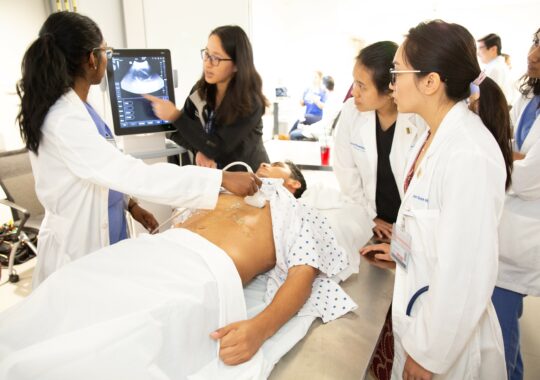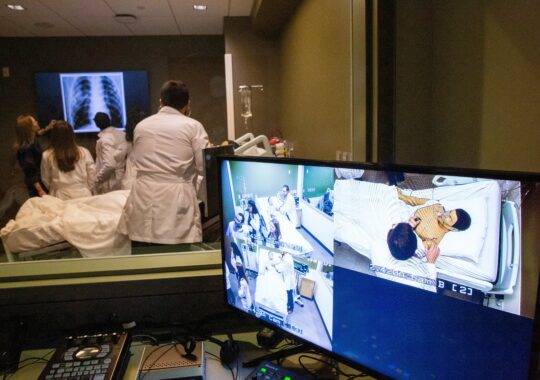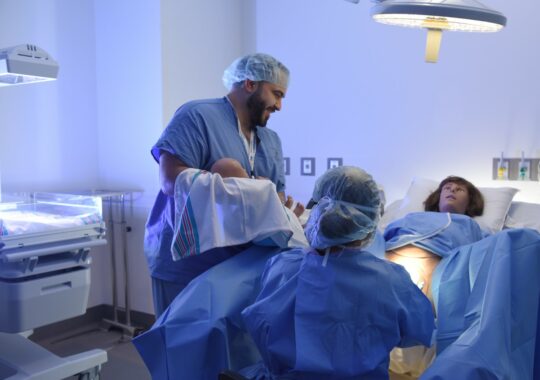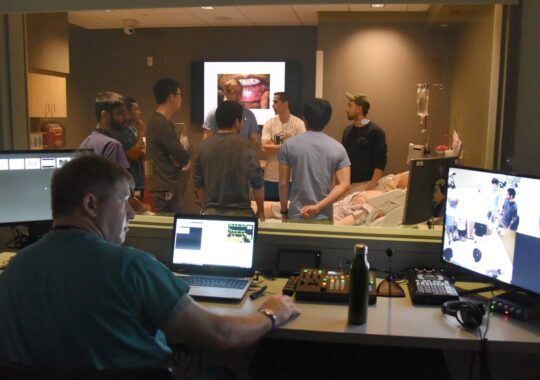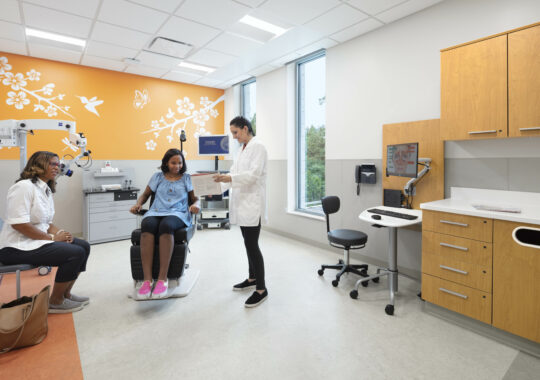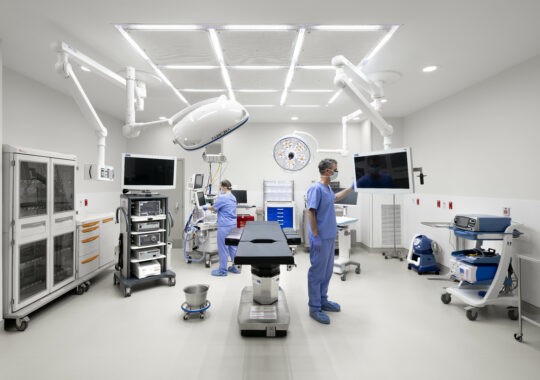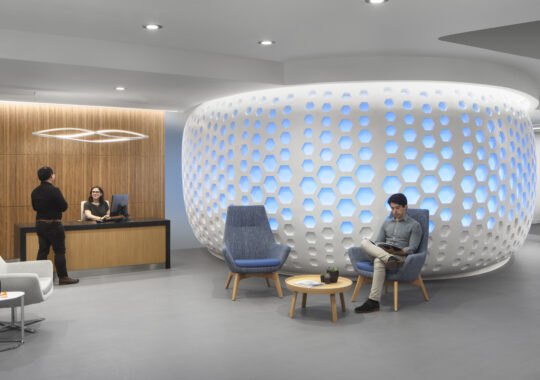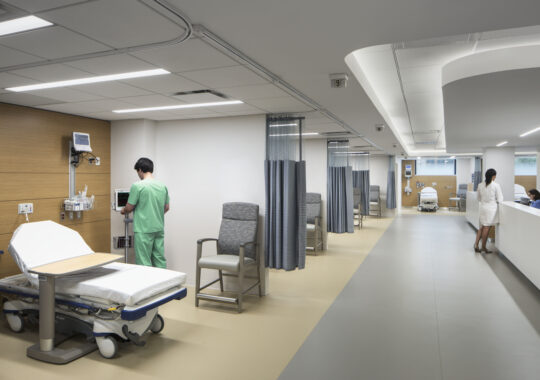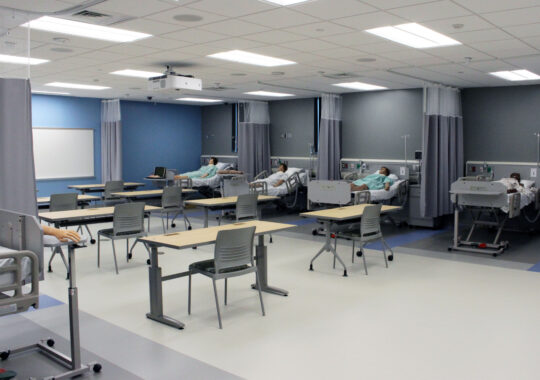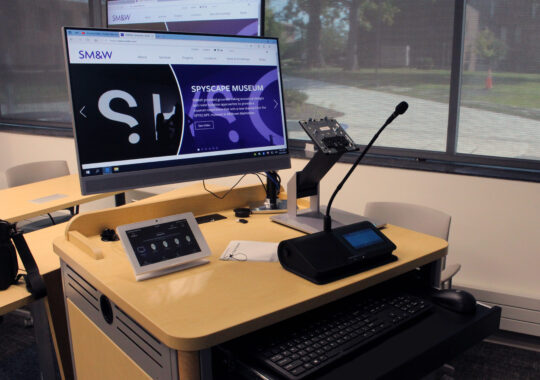Designing surgical platforms are often complex projects that require a great deal of coordination. Today’s surgical integration OR platforms have become more complex and IT-centric, demanding many technology and infrastructure considerations when designing such spaces. In a high percentage of these design projects, surgical integration and technology infrastructure requirements are often overlooked, and addressed later in the architectural design process causing more change orders, ASR’s, addendums, and scheduling issues. How does one seamlessly design surgical integration infrastructure and technology? Healthcare teams should consider the following:
Teaming Considerations:
When technology and infrastructure requirements are brought on well into design, the project can often be derailed with costly change orders and construction delays. This oversight can be caused by a failure to identify scope and requirements up front and a classic “Who’s on First” scenario. Many ICT designers do not account for this specialty infrastructure within their design packages, as the assumption is the surgical integration vendor will account for, and vice versa. Settling on scope early on and selecting a qualified ICT infrastructure specialist with a complete understanding of surgical integration will allow projects to stay on schedule and intelligently designed for a provider’s clinical and operational requirements. What systems do these designers need to understand? Things like PACS, EMR, ADT, pathology systems, lab information systems, image guidance and navigation systems, hemodynamics, and physiological monitoring.
Understanding clinical and operational workflow is a prerequisite for optimizing and streamlining integration systems in the OR. ICT/HIT consultants who understand healthcare information systems integration and OR coordination can ensure a successful on-schedule project.
Infrastructure Considerations:
There are fundamentally two different types of surgical integration systems employed today that have distinct characteristics and requirements. Thes are AVoIP network-based systems and point to point traditional video routing systems. Each of these systems have different infrastructure considerations when deployed on projects. For instance, the AVoIP network-based systems require the use of a 10GB network switch and the associated cabling and patch panels. This type of system infrastructure is best suited for a central equipment location distributed approach. The video connectivity is over fiber, and distances become less critical. One consideration is that video encoders and decoders need to be locally powered, so some surgical integration system elements and power distribution units must be in the operating room or the scrub core.
The point-to-point type system is based on the central video router/switcher configuration, directly connecting the various video sources and destinations. The central video router/switcher can use either copper cable, fiber cable, or both types of cables. With fiber cable, this system is well suited for the central equipment location distributed approach, and the copper or hybrid is more desirable for the individual room type deployment. In the room deployment, the equipment may be located in a cabinet or rack inside the OR if permitted or in the scrub core, typically in the stretcher alcove.
Clinical and Operational Workflow Considerations:
One of the key points in operating room infrastructure design is understanding the surgical services and cases specific to each room type. The infrastructure must reflect the requirements. Boom type and location are very important in considering video guest ports, both inputs, and outputs. Patient flow, cart placement, and ingress, etc. The placement of wall-mounted displays and cameras needs to be carefully evaluated to optimize visibility and site lines. Locations may vary considerably in some rooms due to room-specific equipment placement.
Coordination and Integration of Health Information Systems:
The tight integration of surgical systems and associated information systems such as anesthesia, radiology, pathology, and EMR is critical to the success of a well-designed surgical platform. The ICT surgical integration consultant is highly recommended to be a central member of the coordination/design team in the construction documents and administration phases. This will ensure all systems connectivity has been evaluated and thoroughly coordinated.




